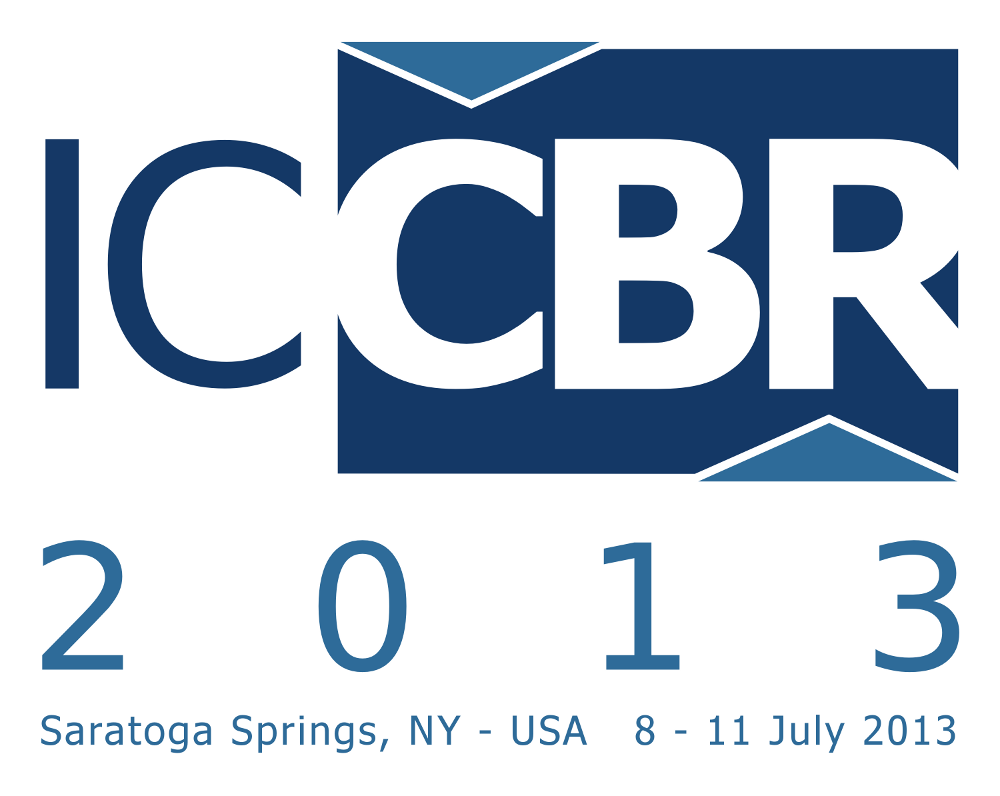
EXPPORT Workshop
EXperience reuse: Provenance, Process-ORientation and Traces
July 9th, Saratoga Springs, USA

EXPPORT Workshop
EXperience reuse: Provenance, Process-ORientation and Traces
July 9th, Saratoga Springs, USA
Consequently, several types of contributions are of interest of this workshop, related to a spectrum of areas such as Business Process Management, Software Process reuse, reproducibility, learning by observation/demonstration, trace-based reasoning, opponent modeling in games.
Business Process Management (BPM) is a set of activities aimed at defining, executing, monitoring and optimizing BP, with the objective of making the business of an enterprise as effective and efficient as possible, and of increasing its economic success. Such activities are highly automated, typically by means of the workflow technology. BPM activities, and BP optimization in particular, may ask the enterprise to be able to flexibly change and adapt the predefined process schema, in response to expected situations (e.g. new laws, reengineering efforts) as well as to unanticipated exceptions and problems in the operating environment (e.g. emergencies). Agile workflow technology is the technical solution to deal with such adaptation and overriding needs. In order to provide an effective and quick workflow change support, many agile workflow systems share the idea of recalling and reusing concrete examples of changes adopted in the past. To this end, Case-based Reasoning (CBR) has been proposed as a natural methodological solution.
Software Processes can be studied from different points of view. In the Software Engineering field, artifacts like models, diagrams, etc. define Software Development Processes that can be reused to generate new applications. There is also a significant trend on reusing different software components to compose a workflow that models the behavior of a system. Web Services, Scientific Software or Product Lines are some examples of such approaches, and we cannot forget the closely related task of Planning. All these areas are related to Software Processes and can take advantage of the CBR paradigm to reuse existing solutions, components, compositions or plans.
In many complex domains such as automobile driving, for example, there is no explicit model of any process, or process models are not well known. Moreover, processes as well as knowledge evolve over time and their dynamic nature must be taken into account. This has given rise to significant interest in artificial intelligence approaches based on traces.
An important part of users’ experience can be stored in traces that record human activity supported by computer systems. Such traces can record user interactions with a computer system through an application, a game, etc. Traces take the form of sequences of temporally situated actions and may be collected either from log files, text files or from sensors in applications programs. The opportunity to collect user experience as traces enables reusing them by CBR. Thus they constitute a knowledge container from which a CBR process may build and reuse cases. Traces may also be used to discover or refine an underlying process model, or to study how actual usage fits a recommended process model, good practices, etc.. The exploitation of these containers for various purposes presents opportunities for many facets of AI: reuse traces, dynamic users assistance, activity analysis, workflow mining and more generally cases and knowledge acquisition.
This workshop will be held on July 9, 2013 as part of the ICCBR 2013 workshop program in Saratoga Springs, USA. This workshop is open to all interested conference participants, but size may be limited by available room facilities.
The Organizing Committee will select a subset of the submitted papers for oral presentation. We invite submissions both of short position papers (4 pages) and long papers on research results (10 pages).
Moreover, time will be reserved for ample discussion, and for a panel representing a sampling of areas.
Springer LNCS is the format required for the final camera-ready copy. Authors' instructions along with LaTeX and Word macro files are available on the web at Springer http://www.springer.com/computer/lncs?SGWID=0-164-6-793341-0